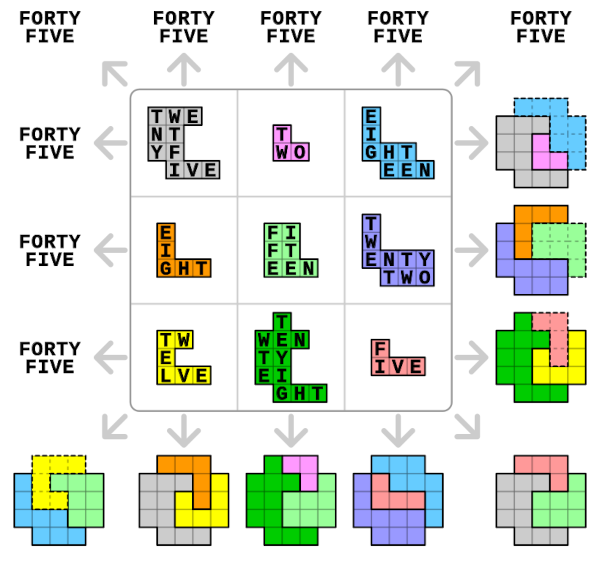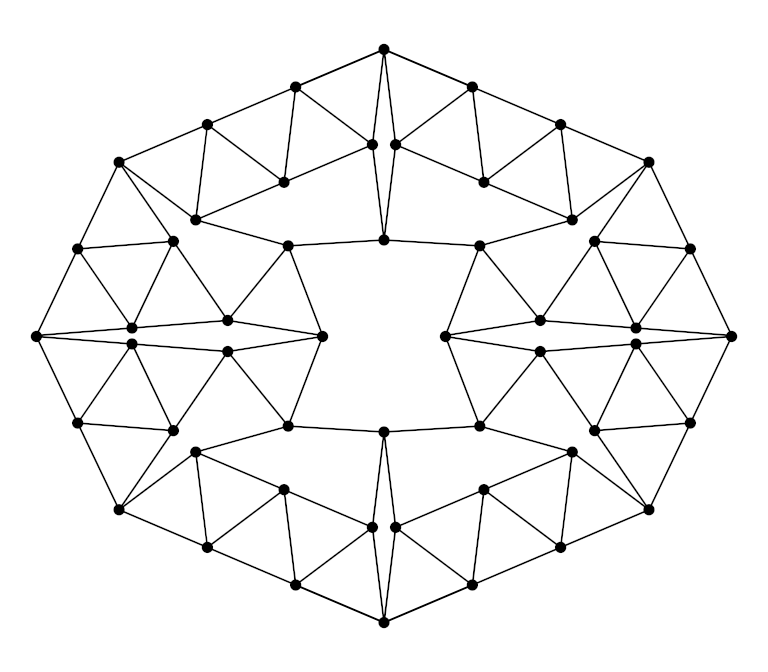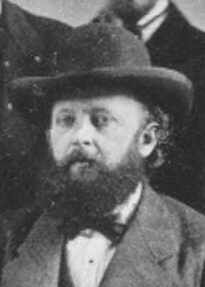On the second day of Apollo 16’s trip to the moon in 1972, command module pilot Ken Mattingly lost his wedding ring. “It just floated off somewhere, and none of us could find it,” lunar module pilot Charlie Duke told Wired in 2016.
Mattingly looked for it intermittently over the ensuing week, with no luck. By the eighth day, Duke and Commander John Young had visited the moon and rejoined him, but there was still no sign of the ring.
But during a spacewalk the following day, Mattingly was just heading back toward the open hatch when Duke said, “Look at that!” The ring was floating just outside the hatch. “I grabbed it,” he said, “and we put it in the pocket. We had the chances of a gazillion to one.”
Duke said later, “You plan and plan and plan but the unexpected always jumps up and bites you.”
(From Ben Evans, Foothold in the Heavens: The Seventies, 2010.)





